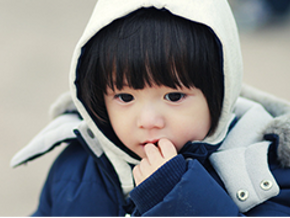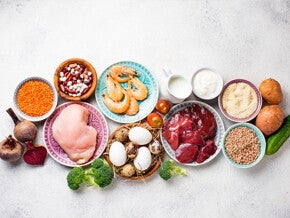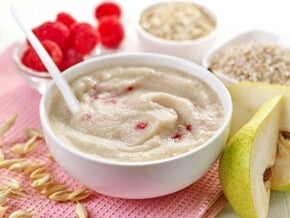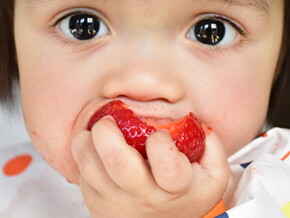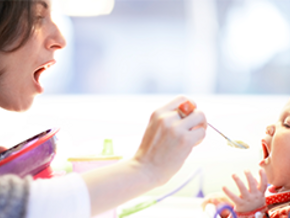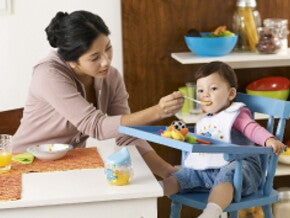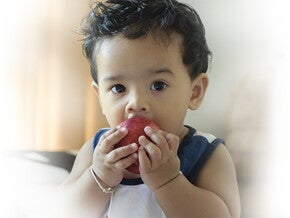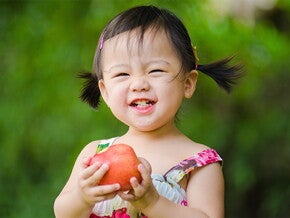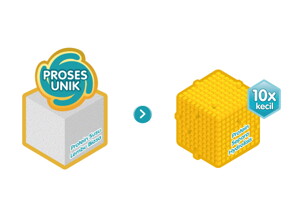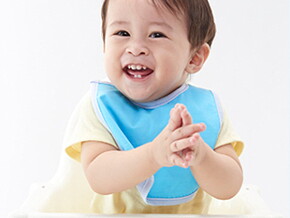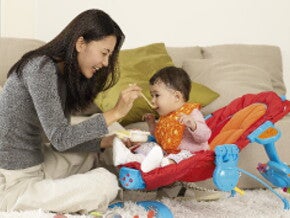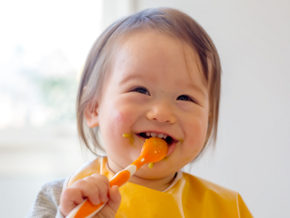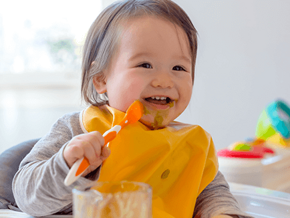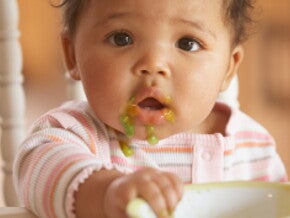
The Benefits of Iron to Your Child: Cognitive Development and More
Although iron isn’t a nutrient that most people think about, it is still important in your child’s diet. You may be thinking, what is iron, and what’s so important about it? Well, it is an essential mineral for your child’s body that can help in many ways. Here’s how it can support your child.
Although iron isn’t a nutrient that most people think about, it is still important in your child’s diet. You may be thinking, what is iron, and what’s so important about it? Well, it is an essential mineral for your child’s body that can help in many ways. Here are some benefits of iron for children.
As Part of Oxygen Delivery
Well, iron is a part of haemoglobin in red blood cells that help carry oxygen around the body. Without iron, your child’s body can’t make enough healthy oxygen-carrying red blood cells. This means that your child’s body may not be getting the necessary oxygen it needs.
Supporting Cognitive Development
Iron contributes to normal cognitive development.1 During the first few years of your child’s life, the Central Nervous System (CNS) undergoes rapid development.2 This is also a time when body and brain development unfolds. Iron is particularly important to support optimal CNS development3-6.
Now that you know the benefits of iron for your child, how much iron does your child really need? Your child may need up to 5.5 times of iron compared to an adult!7-8 While you may think your child has iron from daily diet, it may not be enough. In fact, there is a high prevalence of iron deficiency anaemia and anaemia in preschool children worldwide.9,10,11
One way to reduce the risk of iron deficiency is by supporting your child’s diet with iron rich complementary food. While your usual home-cooked food will help encourage good eating habits in the future, you can have complementary food such as iron fortified infant cereal to support that diet.
CERELAC Infant Cereal is one of the appropriate complementary baby foods, and it is a good choice for delivering the daily required intake of iron for your child. Based on the Malaysian RNI, daily iron intake for children aged 6-11 months is 9 mg/day12. One serving of CERELAC Infant Cereal contains minimum 5mg of iron.
It is made with Nestlé patented method to break down carbohydrates in the cereals into smaller units, thus making them easier to digest. It also contains BIFIDUS BL probiotics to help increase the number of beneficial bacteria in the gut.
What’s more, the rice used in CERELAC Infant Cereal is sourced from paddy fields in Alor Setar, managed by Nestlé Paddy Club, an initiative where Nestlé works with local farmers through a rice-growing sustainability innovation that uses environmental-friendly approaches for the manufacturing of Nestlé infant cereal.
IMPORTANT NOTICE: Not to be given to infants below 6 months of age unless advised by health professional. For optimal infant health, breastfeeding should continue up to 2 years of age along with complementary food. Nutritious complementary food such as rice, fish, meat, chicken, lentils, vegetables, and fruits can be introduced to infants at 6 months of age. NESTLÉ CERELAC Infant Cereal can be part of the infant’s varied diet.
References:
1. EFSA, 2013. Scientific Opinion on the substantiation of a health claim related to iron and contribution to normal cognitive development pursuant to Article 14 of Regulation (EC) No 1924/20061. Official Journal of the European Union, 11(7), p. 3335.
2. Berk, L. E., 2012. Child Development 9/e Chapter 5. In: s.l,; Pearson / Higher Education.
3. Beard, J., Recent Evidence from human and animal studies regarding iron status and infant development. Journal of Nutrition, 2007, Volume 137, pp. 524S-530S.
4. Lozoff, B. Iron deficiency and child development. Food and Nutrition Bulletin, 2007, 28(4 (Supplement)), pp. S560-S571.
5. Lozoff, B., Early iron deficiency has brain and behaviour effects consistent with dopaminergic dysfunction. The Journal of Nutrition, 2011, Volume 141, pp. 740S-7446S.
6. Peirano, P, et al., Interaction of iron deficiency anemia and neurofunctions in cognitive development. In; J, D. Fernstrom, R. Uauy & P. Arroyo, eds. Nutrition and Brain. Basel; Nestec LtdVevy/S. Karger AG, 2001, pp. 19-39.
7. WHO/FAO Vitamin and Mineral Requirements in Human Nutrition; Report of a Joint FAO/WHO Expert Consultation. Second edition. WHO/FAO. 2004.
8. Fats and fatty acids in human nutrition; Report of an expert consultation. Food And Agriculture Organization Of the United Nations, Rome, 2008.
9. Black, R. E. et al, Maternal and child undernutrition and overweight in low-income and middle income countries. The Lancet, 2013, 382(9890), pp. 427-451.
10. Stevens, G. A. et al., Global, regional and national trends in haemoglobin concentration and prevalence of total pregnant women for 1995-2011: a systematic analysis of population-representative data. Lancet Glob Health, 2013, Volume 1, pp. e16-25.
11. WHO Global database on anemia. Worldwide prevalence of anemia 1993-2005. Edited by deBenoist, McLean E, Egli I, Cogswell M. WHO 2008.
12. NCCFN (2005). Recommended Nutrient Intakes from Malaysia. A Report of the Technical Working Group on Nutritional Guidelines. National Coordinating Committee on Food and Nutrition, Ministry of Health Malaysia, Putrajaya.










